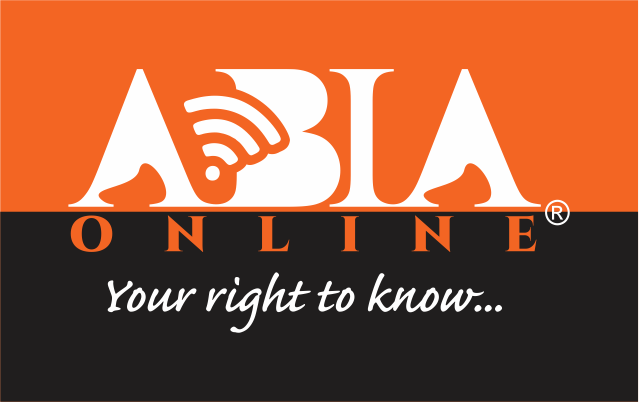Nigeria and Congo Host a Third of Sub-Saharan Africa’s Poor, Says World Bank
Amidst challenges like high trade costs and rampant food inflation, Nigeria and the Democratic Republic of Congo bear the brunt of extreme poverty in the region.
In an alarming disclosure, the World Bank’s latest Africa Pulse report titled “Addressing Inequality to Revitalize Growth and Alleviate Poverty in Africa” indicates that a substantial fraction of Sub-Saharan Africa’s extremely poor reside in Nigeria and the Democratic Republic of Congo. This revelation underscores the critical poverty challenges facing the region, which is described as having the highest rate of extreme poverty globally, alongside profound inequality issues and a weak linkage between economic growth and poverty reduction.
The report attributes the persistent poverty in the region to a combination of factors, including volatile economic growth, deep and prolonged recessions, and a high degree of inequality. It emphasizes that Sub-Saharan Africa stands out for its high poverty rates, with around 60% of the world’s extremely poor population in 2019 living in this region. Nigeria and Congo, alongside four other nations, account for about two-thirds of this demographic, highlighting the concentration of poverty within specific areas.
Compounding the region’s struggles are the high costs of trade, particularly in Nigeria and Ethiopia, where expenses are reported to be four to five times higher than those in the United States. This disparity is attributed to factors such as insecurity, elevated transportation costs, and inadequate infrastructure, which not only hinder economic activity but also exacerbate the cost of living for the populace.
The World Bank report also points to the severe food inflation affecting the region, with Nigeria, Ethiopia, Malawi, Sierra Leone, and Zimbabwe experiencing the sharpest increases. This inflation spike is driven by a mix of rising demand, higher transportation fees, and growing security issues, further straining the economic wellbeing of the region’s inhabitants.
Moreover, the report projects a grim outlook for inflation and economic growth in the coming years, particularly for Nigeria. Despite anticipated policy measures aimed at curbing inflation and stabilizing the exchange rate, inflation rates are expected to remain high, with only a modest growth forecast for the non-oil sector absent significant structural reforms.
This detailed analysis by the World Bank not only sheds light on the profound challenges facing Sub-Saharan Africa but also underscores the urgent need for comprehensive policies and interventions aimed at alleviating poverty, enhancing economic stability, and fostering sustainable growth across the region.
##AbiaOnline


Comments are closed.